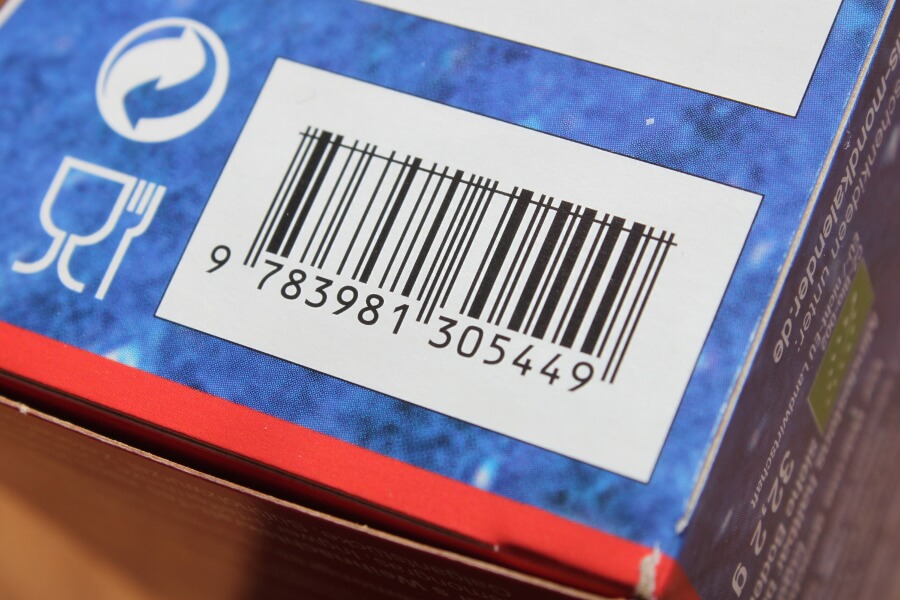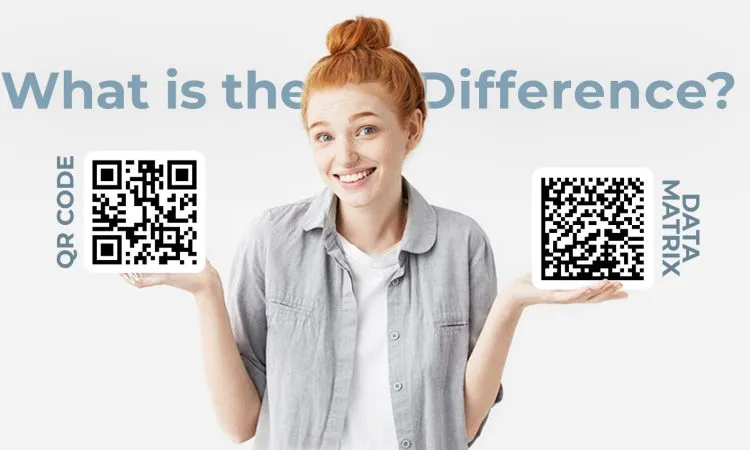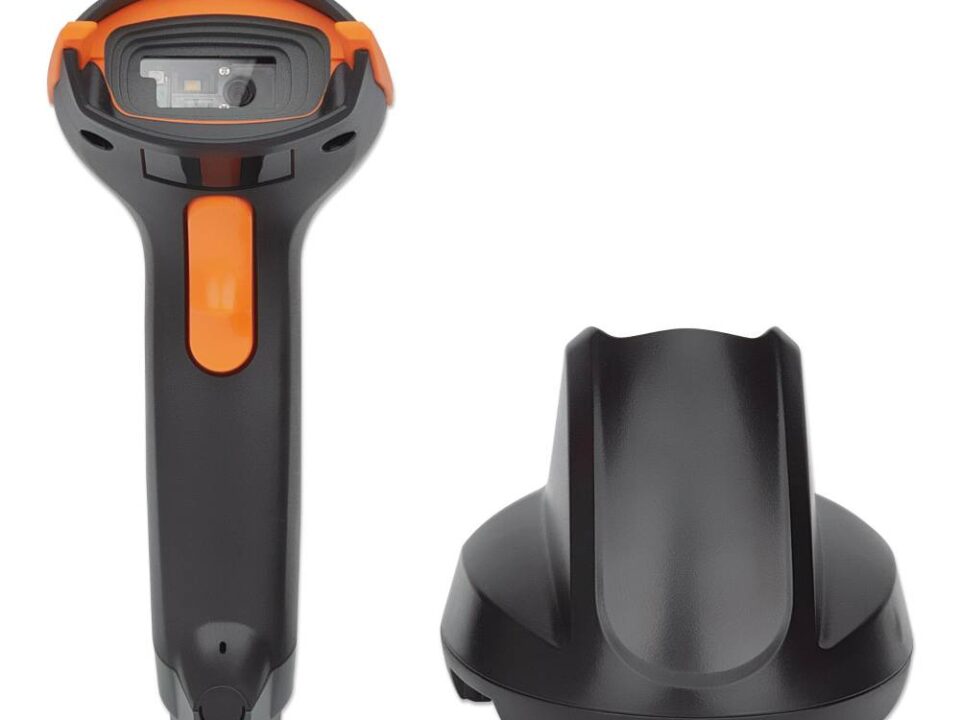There are many barcode guide posts out there, but the topic still seems to be blurry for some. What does a barcode exactly do? Why do you need barcodes to sell products on Amazon? In this ultimate barcode guide, you will learn all these things. We are here to guide you through the step by step process of understanding the purpose of barcodes.
What Is a Barcode?
First of all, what is a barcode? A barcode is a machine-readable code consisting of parallel lines of different widths, numbers, and letters. It is printed on products to make it their identifier. Consider it as an ID for all products.
Using barcodes helps businesses and online retailers to have an organizational system for all their products. This is for a more organized inventory system, track products, a centralized management system, and pricing of products. The use of barcodes helps businesses to become more productive and efficient.
So what is the purpose of the lines and patterns in the barcodes? These are actually representations of numbers and data. These are specific information that is dedicated to that product alone. These lines and patterns can be read by a barcode scanner, optical scanning device, or read when entered into a computer system.
If you’re a business owner and you have tons of products in your store, you know how hard it is to inventory all your products one by one. But with the use of barcodes, you don’t have to experience this ever again.
Why Do I Need Barcodes for My Products?
Have you noticed when you shop in supermarkets or convenience stores, all products have barcodes? If you haven’t noticed, on your next supermarket trip, look at it closely. Barcodes are not just used for products in physical stores but in online shopping platforms like eBay or Amazon.
If you plan to sell on Amazon or eBay, you should know that you will need barcodes. This is for inventory, identification, fulfillment process, up to logistics. Why do you need barcodes? Simple answer: Amazon requires it. The system of Amazon is barcode-driven. Each product sent to their fulfillment center must have a barcode. This is for easy tracking in the fulfillment process. In case there are returns, lost in the logistics, or complaints about a product.
One Product Type = One Barcode
You should know that each product that you want to sell must have its own unique barcode. So, for example, if you’re selling 500 lipsticks on Amazon, if they are the same color, the same brand, the exact specification, they need the identical barcodes on their packaging.
If you sell lipsticks of another color, then you need another set of barcodes. In short, one product type is equivalent to one barcode. And where can you exactly purchase barcodes? You can buy from legit third-party resellers like Unique Product Codes.
Do Packages Need Barcodes?
Yes, packages need barcodes. For example, if you sell a beauty package or gift bag. It may include a moisturizer, lipstick, bubble bath, lotion, and many more placed in one gift basket. So the moisturizer needs to have its own barcode. The lipstick needs its barcode. The bubble bath needs its own barcode. The lotion needs its own barcode, and so on. And the gift basket needs its own barcode as well.
Technically, a gift basket or a product bundle is a unique product as well. It has its own price, own specifications, has its own shipping weight, packaging dimensions, and so forth. If you’re selling product bundles like gift baskets or three products in one, you’ll definitely need a unique barcode for this. Just make sure that the barcode is visible on the package.
I Want to Sell My Products on Amazon; What Barcodes Do I Need?
That is a good question! In the Amazon fulfillment center, there are three kinds of barcodes they use to identify products.
- Manufacturer Barcodes: GCID, UPC, EAN, JAN, or ISBN
- Amazon Barcodes: FNSKU
- Brand Owner Barcodes: This barcode is for brand owners only. This requires additional Transparency Authenticity Codes. This is to help in preventing counterfeiting.
How do barcodes work?
Barcodes work through the combination of a symbology (the barcode) and a scanner that can read the symbols and convert them into useful information, often information about an item’s origin, price, type, and location. The scanner reads the barcode and automatically enters the information stored in it into a system – often some type of database. This tool has provided many, many benefits for businesses. It paved the way for the globally connected distribution channels we now have and it is what allows big corporations like Walmart to ensure they have products properly stocked and priced around the world. It has also become a crucial tool to help small and medium businesses, as well as hospitals and government groups, keep track of assets and improve their efficiencies. Some of the ways businesses use barcodes include:
- Keeping track of inventory. A basic inventory tracking system consists of software and a barcode scanner or mobile computer. Inventory items (like products you sell, supplies, or raw materials) will all have barcode labels, so when you remove an item from stock, you just scan the barcode to reduce the available count in your inventory tracking software, instead of having to type in a SKU.
- Keeping track of assets. Any business, no matter how large or small, has IT assets and fixed assets. Barcoded asset tags are attached to each individual asset, and can be scanned to check items in or out in your asset tracking software. It’s a great way to improve accountability and makes audits much easier.
- Use barcodes in return mail. Add a barcode to the return-mail registration postcard that matches the product’s serial number, and then you can instantly track which serial numbers are registered, and which aren’t. Plus, your customers won’t have to locate and transcribe a lengthy serial number.
- Include barcodes in a mail merge. If your company is hosting an event, you can add barcodes to an RSVP card so you can track who has responded – without trying to translate anyone’s handwriting.
- Add barcodes to invoices. Add a barcode that represents the customer number or the individual invoice number so when it’s returned with payment, you can easily locate the customer account or invoice number. This will prevent problems like applying payments to the incorrect customer account or invoice.
How Do Barcodes Help Businesses?
How can barcodes help your business’s bottom line? Strictly speaking it isn’t the existence of barcodes themselves that help businesses save and make more money; it’s the systems behind them.
Take the Arizona Cardinals scoreboard crew for example, they recently implemented an asset tracking system (leveraging barcode technology) in order to track all of the parts involved in a flawless game day experience. As a result, they were able to save over 500 hours per year. How’s that for improving efficiency! Just because you’re not an NFL team doesn’t mean that barcodes can’t help to improve how your small business works. In fact, whether you make and sell physical products or you just can never seem to figure out where your projector is when you need to give a presentation, labeling and tracking your assets with barcodes can save your business time and money.




